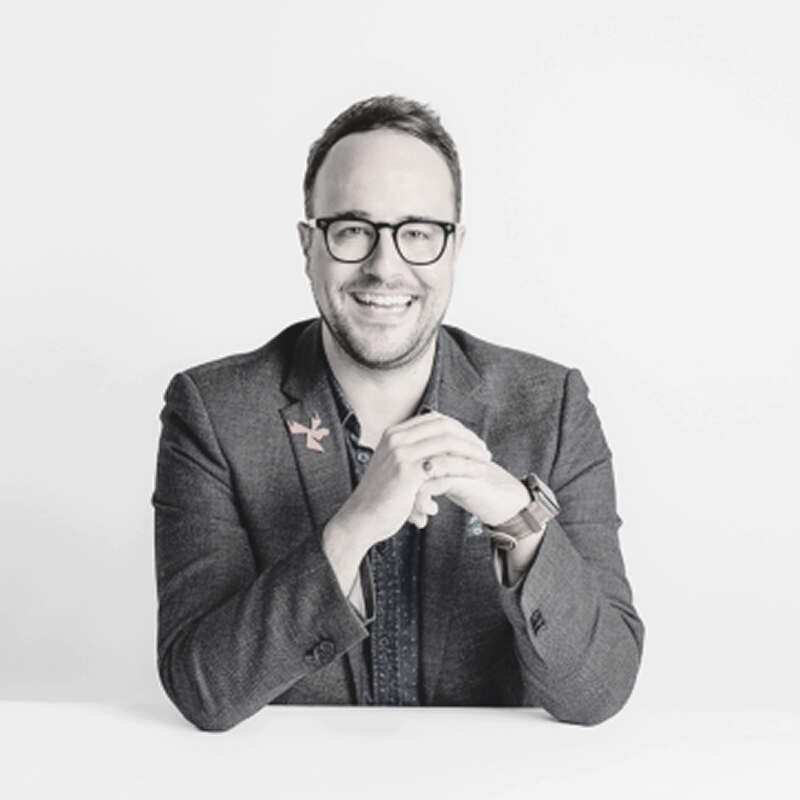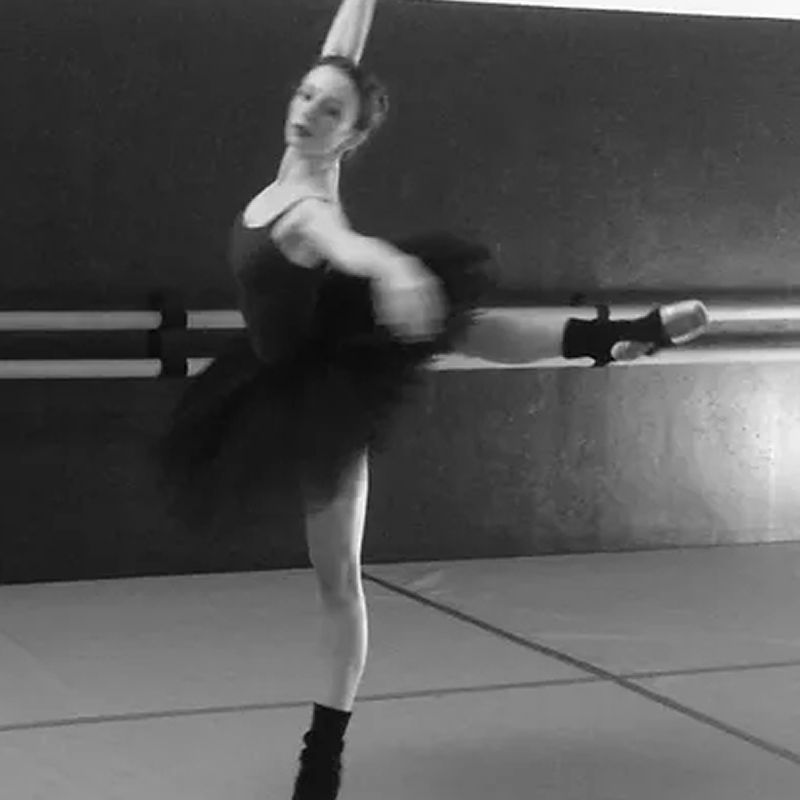After 25 years in design, rejection can feel like a slap in the face — is it age bias or something else? This honest discussion explores the hidden dynamics behind senior creatives being overlooked, from budget realities to blind spots in applications. With insights from a creative CEO and a psychologist who gets how hard repeated rejection can hit, this piece is for any experienced designer wondering if age is working against them — and what they can do about it.
Twenty-five years in the game should open doors, not slam them shut. But when rejection emails keep landing with all the subtlety of a brick through a window, it’s hard not to wonder if your birth year is doing you more harm than your portfolio. Age discrimination is one of those ugly truths that still lurks in hiring — even when everyone knows it’s illegal, short-sighted, and a waste of talent.
This question was tackled by Nick Hunter — CEO and ECD of Paper Moose, a B Corp creative agency; Caitlin Thamm — psychologist and former professional dancer who supports the creative community’s mental wellbeing; and Sarah Nguyen — Head of Product at Streamtime.
Before pinning all the blame on age, Nick suggests doing a little detective work first: “Do you have anyone in those companies or in the industry that looks over your submission letters or anyone on the inside that you could probably ask?”
This isn’t about pulling strings. It’s about finding out if there’s something in the way you’re presenting yourself that’s not landing. Sometimes what feels like an age barrier is actually a visibility, positioning or communication problem.
“I would hope that it isn't age that's a barrier,” Nick says. “25 years experience you obviously have an awesome amount of experience and would be a great asset to a company.” The question is whether that value is coming through clearly — or whether you’re underselling your strengths without realising it.
Here’s the bit many experienced designers forget: your folio alone might not be enough. “The things that I personally look for when I'm interviewing people is what's really unique about the person themselves beyond also their folio,” Nick explains.
For a lot of creative teams, culture fit and curiosity matter just as much as craft. “Because we're a group of 30 creatives, so each person that I bring into the mix is a really big decision and I want to understand who you are as a person.”
So if you’ve been leaning on your experience to do all the talking, it might be time to bring more of your personality, perspective and point of view into the conversation.
Caitlin doesn’t sugarcoat the reality: “It sucks to be rejected over and over and over again.” And yes — it can feel especially brutal when you’re trying to convince yourself you should be over it by now.
But there’s something important here: “It also takes incredible strength to be able to put yourself out there over and over and over again.” That resilience is worth recognising. Sit with it. Feel the frustration and the grief of what you hoped you’d have by now — the stability, the respect, the chance to contribute meaningfully.
Then use that fuel to keep going. Because you haven’t made it 25 years in a tough industry by giving up easily.
If you’re in your own head about it, you’re not alone. Caitlin suggests not doing this on your own: “If you can have someone to talk to… that would help you in being able to see what it is that you can do to put yourself out there in different ways but also to just vent too.”
Rejection can feel so personal and isolating. But you’re not the only one feeling like this — and sometimes an outside perspective can help you spot what you can’t see for yourself.
Sarah offers a practical tip if age feels like it’s genuinely blocking your way: “There is some improvements in hiring processes. I know at Streamtime we've changed our hiring processes to anonymise a lot of the identifying characteristics of an application.”
Some businesses are intentionally removing age markers and other personal info so they can focus purely on skills and experience. Sarah suggests looking for places that advertise these kinds of processes — they do exist, and they’re worth seeking out.
Nick makes an important point that’s easy to overlook: “Obviously it's a very competitive industry at the moment and price might be coming down to it in all brutal honesty because if you are quite senior you're more likely to be more expensive than a junior that the company can actually afford.”
It might feel like ageism, but it’s often just budgets. Small studios can’t always afford senior rates, and hiring managers know juniors will come cheaper. It’s not fair, but it’s reality — and you can use that insight to target places that value experience enough to pay for it.
25 years of creative work is a gift, not a liability. Yes, some parts of the industry are blinkered about age. But many teams genuinely want that steadiness, perspective and skill — they just need to see it clearly.
Keep tweaking how you present yourself. Bring more of your personality into the room. Ask for feedback from people you trust. Be open to new ways of working — maybe it’s consultancy, mentoring, or collaborating with younger studios who want to learn from you.
And above all, remember this: every “no” is information, not a verdict on your worth. You’re not done yet — your work still has value, and the right team will see it.

Co-founder, CEO & ECD of B Corp agency Paper Moose, blending strategy and craft to drive positive change across sectors from NFP to finance, tourism and beyond.

A psychologist and former dancer supporting creatives, especially dancers. Drawing on 15 years in the industry and qualifications in human services and counselling, she offers a safe, empathetic space for clients to work through challenges and grow.




